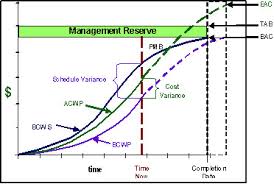In our conversations about process capability, I want to focus your attention on baseline performance. Baseline Performance is an alternative way to view long-term and short-term data. When you hear baseline performance it most likely will be a description of baseline performance and it most likely will be used to describe long-term data.
What it means
Baseline in a nutshell gives you the average long-term performance of a specific process without

controlling any variables. The easiest way to think of this is a visualization of FTY (First Time Yield). Remember FTY shows you the challenges in your process when they are normally run without any interference from you.
What to use it on
When measuring baseline, you are identifying a typical challenge within a process. For example if you are observing the process for returns, your long-term data will include morning, afternoon and evening shift; multiple employees and submission points (email, in-person and via telephone).
Your short term data will appear on the visualization as well, so you will be able to see in a visual representation short-term and long-term average behavior for your processes. If there is always a dip in quality at around lunchtime, you will be able to see that visually represented in your data.
Why use it?
Baseline performance is going to quickly tell you where your burning platform issues are. If you are heading into a meeting with management, this is a report to take with you. It shows the long-term vs. short-term and gives you solid business evidence to support improvement projects.
Next week, we will tackle measures of capability and what they tell you. Remember that this is can be the starting point to discuss improvement with your belt. If you need to get started, give us a call and we can get you started.

